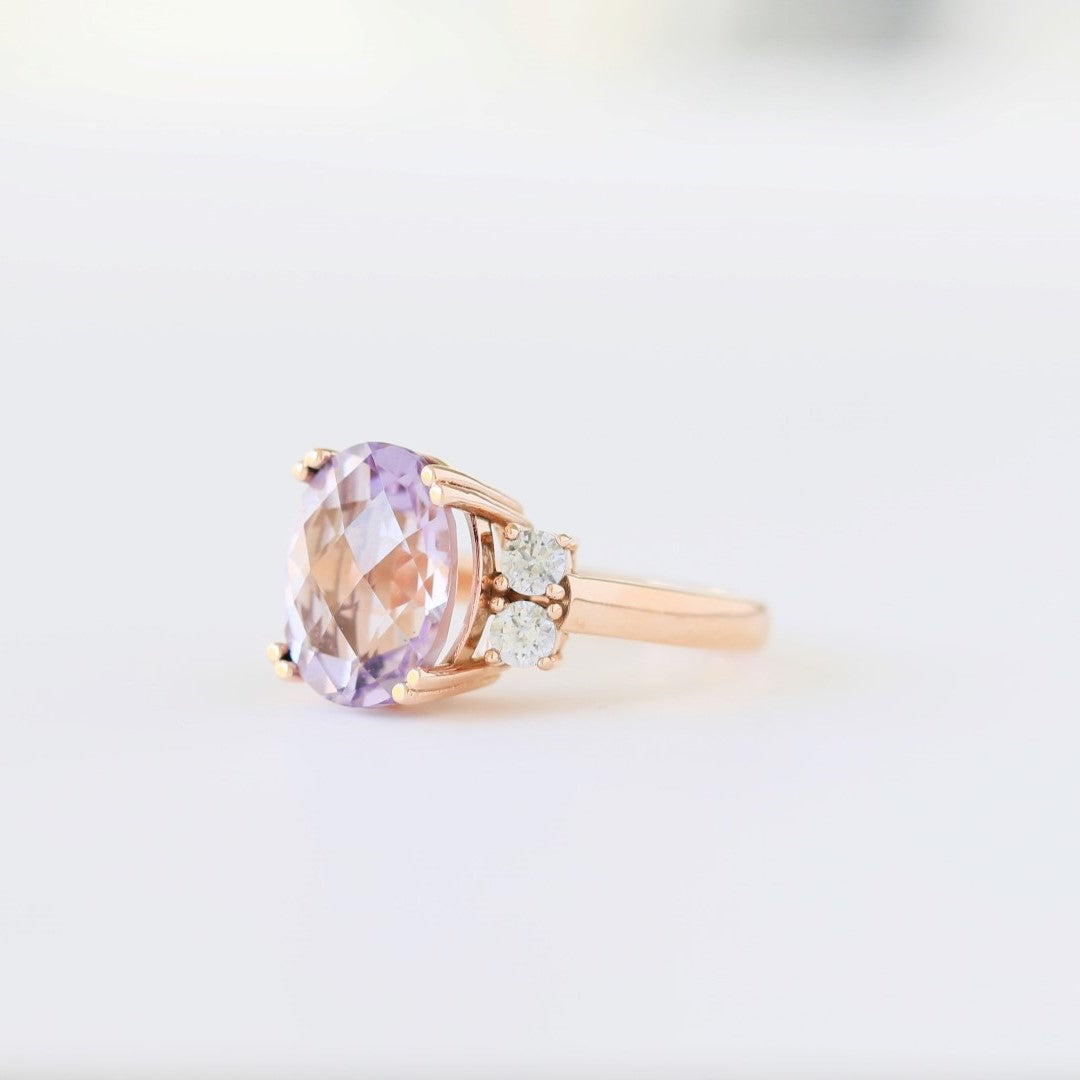What is a natural, a synthetic and a simulant? And what are the differences?
Lets first look at what a gem is. A gem is a classification given to an item that meets 3 criteria.
1) It must be rare. There must be a limited, or at least an easy way to control the supply of the item in question.
2) It must have a high luster. The item in question must have pleasing visual qualities.
3) It must have a degree of hardness. Generally speaking, a hardness of no less than 6 on the Mohs hardness scale is recommended, otherwise it will break or scratch very easily. 1 being the softest and 10 being the hardest. The mineral talc is in first place and diamond is in 10th.
It is advised that, for lower ranking gems (such as tanzanite for example, which is 6.5 on the Mohs hardness scale) that you consult a knowledgeable jeweller and they can make recommendations for its use, like pendants and earrings as opposed to rings, depending on the regularity of it being worn etc.
The title of gems don’t only apply to stones. Pearls, jet, amber and several other gems have organic origins.
What is a natural gem?
A natural gem is one that has been formed in nature, under natural conditions and relying on the environment in a given area to be just right and for a long enough period of time for the gem to form.
For example, provided all the minerals and elements that go into creating a ruby are present in a specific location, and lets say that the temperatures were too high, rubies would not form because the chemicals and elements that make up rubies would be in a molten state. When the temperature in the earth cools down to the point where rubies will crystallise and assimilate, they will do so and for as long as the temperature is within a specific range. As it continues to cool, it will eventually be too cold for rubies to form and their forming phase would come to an end.
This new temperature range may not be suitable for rubies, but other gems may start to form provided their minerals are all present and the temperature is constant for long enough for them to assimilate.
Synthetic gems:
Synthetics are simply lab created gems using all the natural ingredients as they would occur in nature, typically combined with heat and pressure, such as the hydrothermal process. It is not uncommon that lab created gems are sold as natural gems. This is because natural gems have a higher asking price than synthetics. There are gem identification systems and processes in place, however they are always one step behind. The reason is that as technology progresses in the creation of synthetic gems and makes them look ever more like natural gems, new methods need to be developed to identify them. Synthetic ruby, synthetic emerald and synthetic sapphires are just 3 commonly seen synthetic gems.
Simulant gems:
Simulants are materials that look like the real thing, but are not. Examples of this is cubic zirconia being passed off as diamond, or even green plastic or glass being sold as emerald, be it synthetic or natural.
There is nothing wrong with any of the above options provided that when they are sold, the client is fully aware of the facts regarding the stones makeup and which of the 3 categories it falls under.
If you have any questions at all just drop us a line info@vinnyandcharles.com :)





